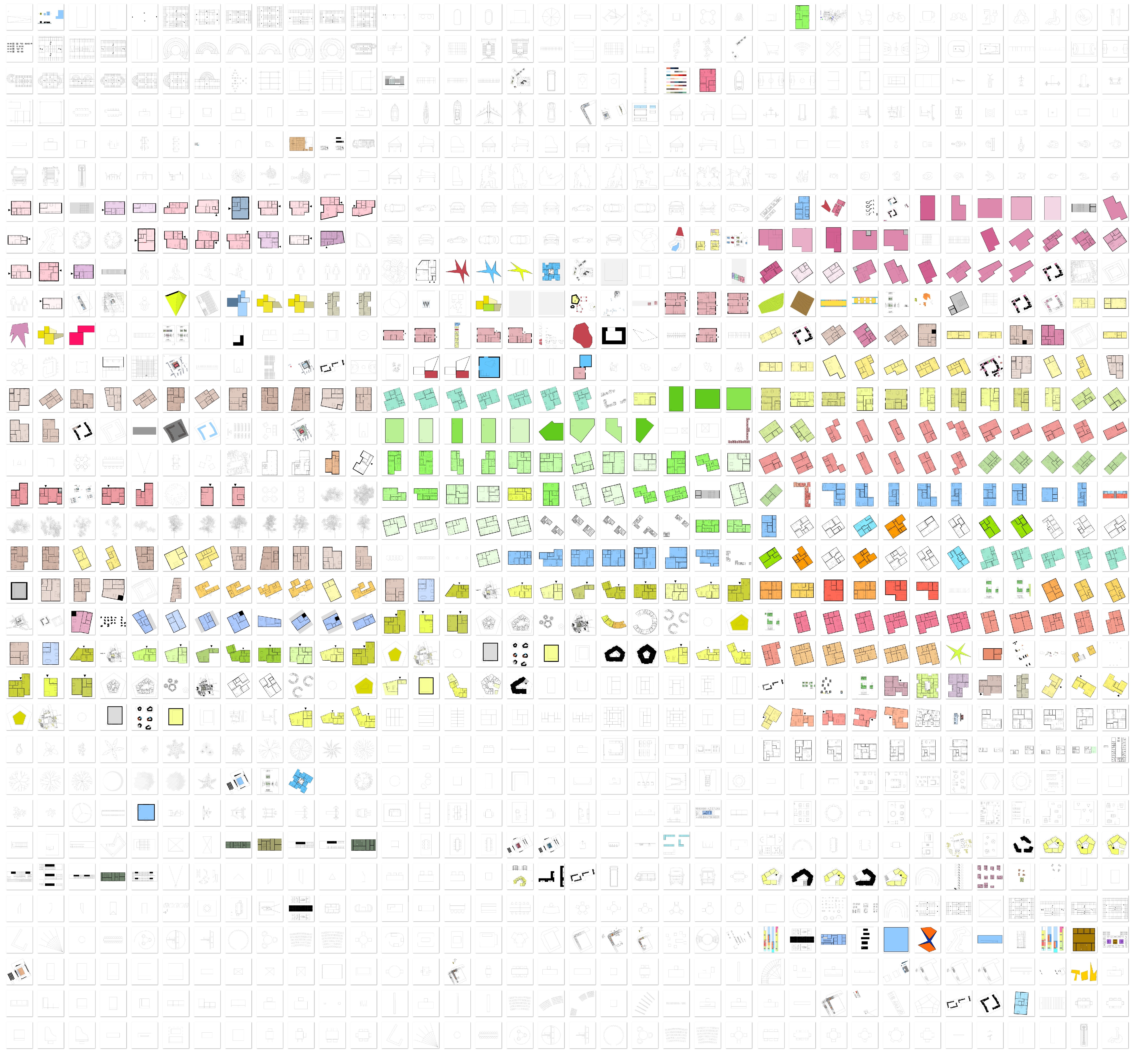Deep architecture machine
5th Annual Conference of ARENA (Architectural Research European Network Association)
„I wondered why (till now) no one delivered a tool tailored for the early stage in architectural design.“
The phrase ‚Less is More‘ is not only applicable in architectural design, it‘s also beneficial in creating novel software tools for architects.
No doubt: BIM (Building Information Modeling) is today the state of the art in building construction. It has replaced traditional CAD, which was basically an imitation of hand drawing. With BIM it’s possible to create highly detailed one-to-one models of future buildings. However, this holistic approach also has its drawbacks. Today’s established BIM systems have grown to become highly complex (primarily engineering- and construction oriented) and cost-intensive design suites providing tools for every work phase in architectural design. As a consequence, architects that work with BIM in the early design stages are faced with cluttered interfaces offering hundreds of functionalities they never use. At the same time the amount of useful tools supporting the creative design process (for instance during architectural design competitions) is very limited. There is a dire need for a simpler, cheaper and more user- friendly solution.
This was the motivation behind creating Archilles Pro. It was developed as an informed 100% cloud-based collaborative software tool that does just ONE thing, but this particularly well: it supports the creative process of architectural design. Archilles combines smart building information technology with the simplicity of a sketchbook. Cloud-based and nimble, it functions as a ‚Google Docs for architects‘, but its analytical features and its ability to learn from the user’s permanently growing ‚draft corpus’ (large and structured set of digitally stored architectural designs used to do statistical analysis) actually can make it much more than that. With reference to Nicholas Negroponte we prefer to think of it as a „Deep Architecture Machine“.

 Index
Index